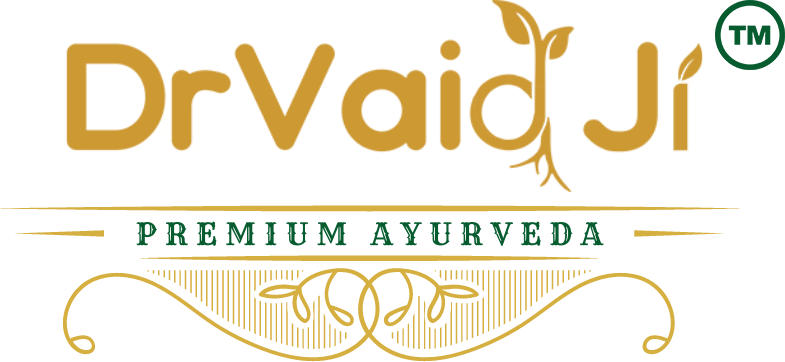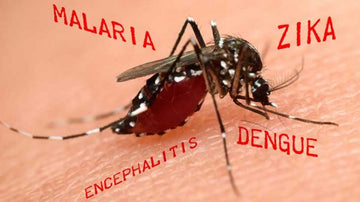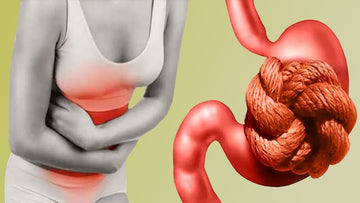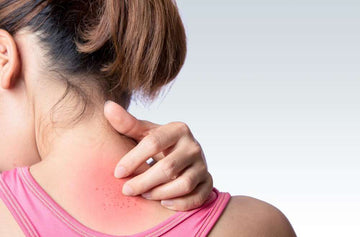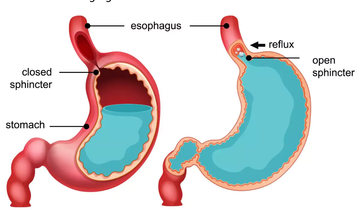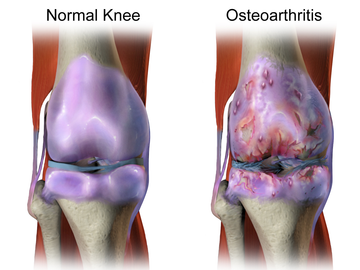
Osteoarthritis is a degenerative joint disease that primarily affects the cartilage, the protective tissue covering the ends of bones in joints. Over time, the cartilage can break down, leading to pain, swelling, and reduced joint mobility. Osteoarthritis is a common condition, often associated with aging, but it can also be caused by factors like joint injuries, obesity and genetics.
CAUSES OF OSTEOARTHRITIS :
The exact causes of osteoarthritis are not fully understood, but several factors are believed to contribute to its development:
- Age: Osteoarthritis becomes more common with age as the natural wear and tear on joints accumulates.
- Joint Injury: Previous joint injuries, such as fractures or ligament tears, can increase the risk of osteoarthritis in that joint.
- Genetics: Family history can play a role, suggesting a genetic predisposition to the condition.
- Obesity: Excess body weight places added stress on weight-bearing joints, such as the knees and hips, which can accelerate the development of osteoarthritis.
- Joint Overuse: Repetitive use of joints in activities or occupations that stress the joints can contribute to osteoarthritis.
- Gender: Osteoarthritis is more common in women, particularly after menopause.
- Bone and Joint Abnormalities: Congenital conditions or diseases that affect bone and joint development can increase the risk.
- Muscle Weakness: Weak muscles around a joint can fail to provide adequate support and protection, increasing the risk of osteoarthritis.
- Other Medical Conditions: Some medical conditions, like rheumatoid arthritis or gout, can increase the likelihood of developing osteoarthritis.
- The symptoms of osteoarthritis can vary depending on the affected joint, but common signs and symptoms include:
- Joint Pain: Persistent pain in the affected joint, which may worsen during or after activity.
- Stiffness: Stiffness in the joint, especially in the morning or after periods of inactivity, which typically improves with movement.
- Reduced Range of Motion: Difficulty in moving the joint through its full range of motion.
- Swelling: Swelling or tenderness around the joint.
- Grating Sensation: A grating or crunching sensation (crepitus) when the joint is moved.
- Bony Enlargements: Formation of bony growths (bone spurs or osteophytes) around the affected joint.
- Weakness: Muscular weakness around the joint due to disuse or pain.
- Joint Instability: Some individuals may experience joint instability, particularly if the condition progresses.
The severity of these symptoms can range from mild to severe. Osteoarthritis can affect any joint, but it commonly occurs in weight-bearing joints like the knees, hips, and spine as well as in the hands, particularly the fingers.
DIAGNOSIS OF OSTEOARTHRITIS :- The diagnosis of osteoarthritis typically involves a combination of clinical evaluation, medical history, and diagnostic tests which are as follows:
- Medical History: Your doctor will start by discussing your symptoms, including the location, duration, and severity of joint pain and stiffness. They may ask about any factors that could contribute to osteoarthritis, such as a history of joint injuries or family history of the condition.
- Physical Examination: Your healthcare provider will conduct a physical examination to assess the affected joint's range of motion, stability, and any signs of swelling, tenderness or deformity.
- X-rays: X-ray imaging is commonly used to visualize the affected joint. X-rays can reveal changes in the joint, such as narrowed joint space, bone spurs and other osteoarthritic features.
- MRI (Magnetic Resonance Imaging): In some cases, an MRI may be recommended, especially if the diagnosis is unclear based on X-rays. MRI can provide more detailed images of the joint's soft tissues and cartilage.
- Laboratory Tests: Blood tests are not typically used to diagnose osteoarthritis, but they may be performed to rule out other conditions that could be causing joint pain.
AYURVEDIC MANAGEMENT OF OSTEOARTHRITIS
As mentioned in Ayurveda osteoarthritis is a condition caused majorly due to Vata dosha along with the involvement of Pitta and Kapha doshas.
PANCHKARMA TREATMENT
- LEPA – it is application of medicated paste or powder over the body to alleviate edema, pain and burning sensation.
- SNEHAPAN – it is the oral administration of ghee. In Panchkarma treatment, the administration of ghee or oils infused with bitter and astringent herbs is the first step of procedure. The preparation of herbal oil or ghee is done acc. to patient’s condition.
- DHARA – it refers to pouring of warm herbal decoctions, medicinal liquids, medicated milk, oils over the affected joints for about 45-50 minutes. The procedure is quite beneficial to reduce edema and pain.
- RASAYAN THERAPY – this therapy uses formulations and procedures to restore and rejuvenate the Asthi (bone) dhatu.
- SWEDAN – this includes steaming or other heating procedure which aims at improving the flexibility in the stiffened joint structures. It is also beneficial in clearing up any blockage in the subtle channels of the body.
- VIRECHAN – it is also termed as medicated purgation, an Ayurvedic technique that cleanses the body by removing toxins from the lower part of the body. Virechan is performed by giving herbal purgatives to the individual that helps restore the Agni in the body.
- VASTI (ENEMA) – this procedure is extremely effective in cleaning the lower alimentary canal as well as the subtle channels spread all over the body. Vasti is beneficial in pacifying aggravated Vata in individuals.
- JANU VASTI – in this procedure the affected part is exposed to medicated oils for a particular period of time.
- Guduchi (Tinospora cordifolia)
- Vishamushti (Strychnos nux vomica)
- Shallaki (Boswelia serrata)
- Guggul (Commiphora mukul)
- Maintain a healthy weight.
- Don’t suppress the natural urges.
- Don’t practice excessive fasting.
- Walk for 30 minutes every day.
- Take some time out regularly to move your joints or do mild exercises.
- Practice Yoga under expert supervision.
- Include a lot of vegetables in your diet and eat wholesome and nutrient rich diet.
- Prepare your food with Saindhava salt and spices that pacify your Dosha constitution.
- Avoid consuming oily, dry, cold and processed food items.
CAC MANAGEMENT OF OSTEOARTHRITIS (SANDHIGATA VATA)
OSTEOARTHRITIS CARE KIT
Chandigarh Ayurved Centre provides a kit known as “Osteoarthritis Care Kit” for proper treatment of this disease.
ALL PRODUCTS DESCRIPTION IN DETAIL:
- Pain O kill tablet
Pain o kill tablet is ayurvedic and purely herbal formulation. It help to relax your muscles and muscles cramps thus relieving pain. It balances all the three doshas of your body thus maintaining proper blood circulation. It provides soothing effect to the affected area of pain. It contains various herbs like Jivanti, Musta, Usher, Bilwa, Shatavri and Kantakari. All these herbs are natural pain relievers.
Recommended Dosage: Take 1 tablet twice daily with normal water.
- Asthi Shakti
This herbal tablet is prepared from ingredients such as Amalaki, Ashwagandha, etc. that provide good result to osteoarthritis patients. These tablets help in reducing stiffness, pain, swelling, & inflammation of the joints.
Recommended Dosage: Take 1 tablet twice daily with normal water.
- Vata balance tablet
Vata balance tablet is a rejuvenating blend of herbs is specially formulated to balance Vata doshas without aggravating Pitta or Kapha doshas. It may be used to support overall health and well-being by Vata constitutions with or without food. For those with a dual constitution that includes Vata or a tridoshic constitution. Vata is characterized by the properties of dry, cold, light, minute, and movement. All movement in the body is due to the properties of Vata. Pain is the characteristic feature of deranged Vata. Some of the diseases connected to unbalanced Vata are flatulence, gout, rheumatism, etc.
Recommended Dosage: Take one tablet twice daily after meals.
- Panchsakar Churna
It is a pure and classical preparation known as Panchsakar churna. This churna is used since ancient time for the detoxification of the body. The churna contain five ingredients as the name suggests Haritaki, Shunthi, Krishna Pippali, Trivrit, and Sauvarchala lavana. As toxins are removed from the body knee pain will automatically subsides.
Recommended Dosage: Take one teaspoonful at bedtime with lukewarm water.
- Rasayan vati
Rasayan vati are 100% natural and safe containing herbo-mineral extracts. These ingredients show antioxidant, aphrodisiac, anti-inflammatory, antipyretic, analgesic, immuno-modulator properties.These tablets give good results in General debility, Sexual disorders, and Improves immunity.
Recommended Dosage: Take one tablet twice daily after meals.
- Pain o kill oil
Pain o kill oil is ayurvedic and purely herbal formulation. It help to relax your muscles and muscles cramps thus relieving pain. It balances all the three doshas of your body thus maintaining proper blood circulation. It provides soothing effect to the affected area of pain. It contains various herbs like Jivanti, Musta, Usher, Bilwa, Shatavri and Kantakari. All these herbs are natural pain relievers.
Recommended Dosage: Apply to the affected area twice daily.
